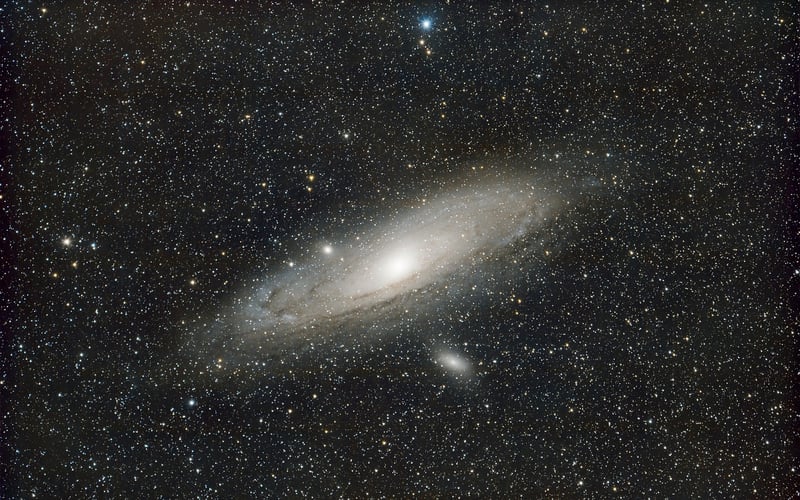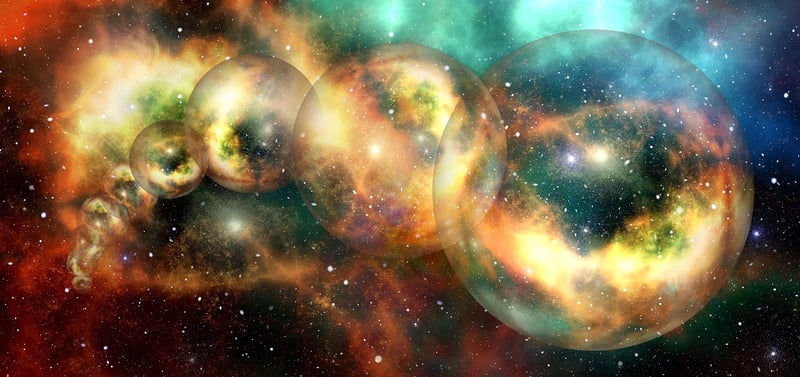Parallel Universes
The Science Behind Time Travel and Parallel Universes
Time travel and parallel universes have long been popular topics in science fiction, but what does science have to say about these intriguing concepts? Let's delve into the fascinating world of theoretical physics to explore the possibilities and implications of time travel and parallel universes.
Time Travel
According to the theory of relativity proposed by Albert Einstein, time is not a constant but rather a dimension that can be influenced by gravity and speed. This theory opens up the possibility of time travel, where an individual could journey to the past or future.
One of the most well-known concepts of time travel is the idea of wormholes, which are hypothetical tunnels in spacetime that could create shortcuts for travel through time. While wormholes are purely theoretical at this point, they are a popular subject of study among physicists.
Types of Time Travel
- Forward Time Travel: Moving ahead in time relative to the present.
- Backward Time Travel: Traveling back to a time before the starting point.
- Time Dilation: The effect of time passing at different rates for two observers moving relative to each other.
Parallel Universes
The concept of parallel universes, also known as the multiverse theory, suggests that there could be an infinite number of universes existing simultaneously alongside our own. Each universe may have its own set of physical laws and constants, leading to a vast array of possibilities.
Parallel universes could offer explanations for phenomena like quantum mechanics and the existence of dark matter. While the multiverse theory is still highly speculative, it remains a captivating area of research for physicists and cosmologists.
Types of Parallel Universes
- Level I Multiverse: Universes that are infinitely far away and therefore not observable.
- Level II Multiverse: Universes with different physical constants resulting from cosmic inflation.
- Level III Multiverse: Universes with different fundamental particles and forces.
Conclusion
While time travel and parallel universes may still be the stuff of science fiction, they are grounded in the fascinating principles of theoretical physics. As our understanding of the universe continues to evolve, who knows what discoveries the future may hold in store for these mind-bending concepts.
For more information on time travel and parallel universes, you can visit Space.com.


